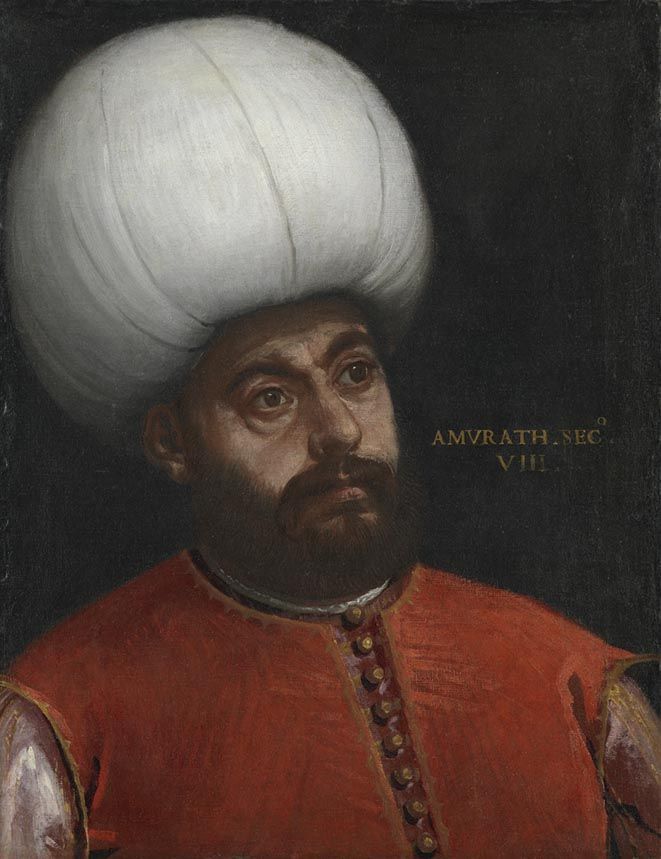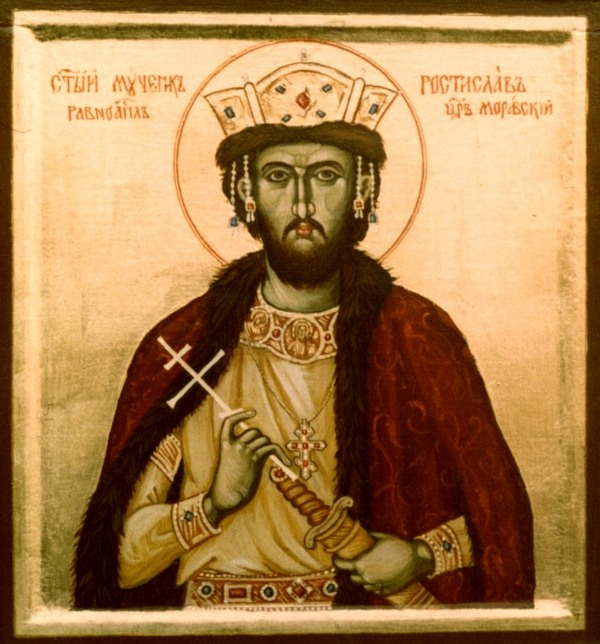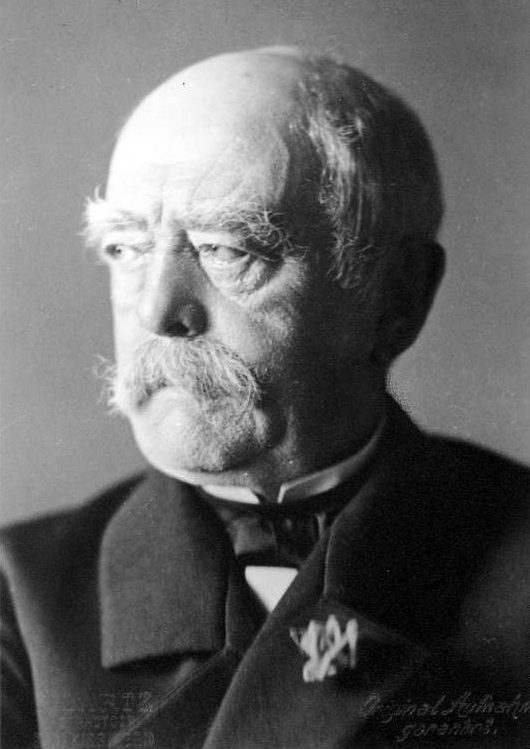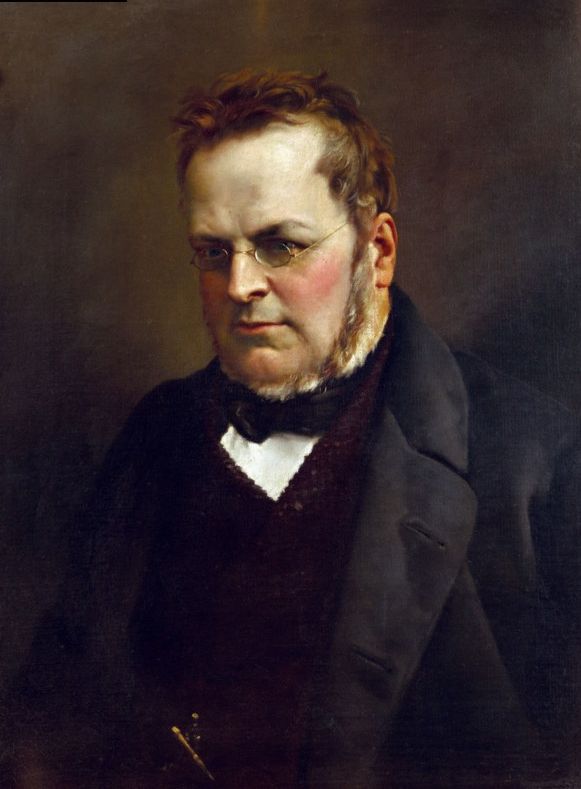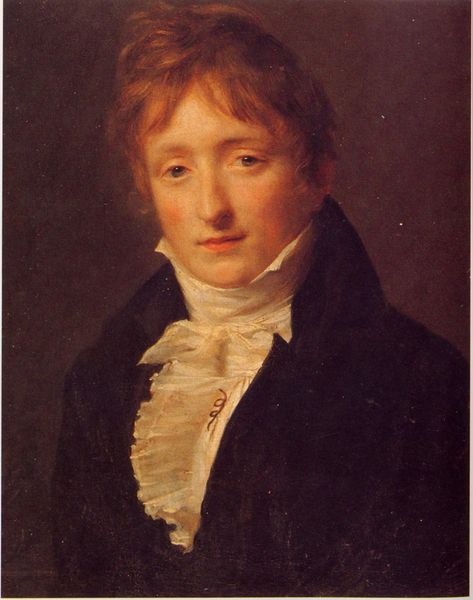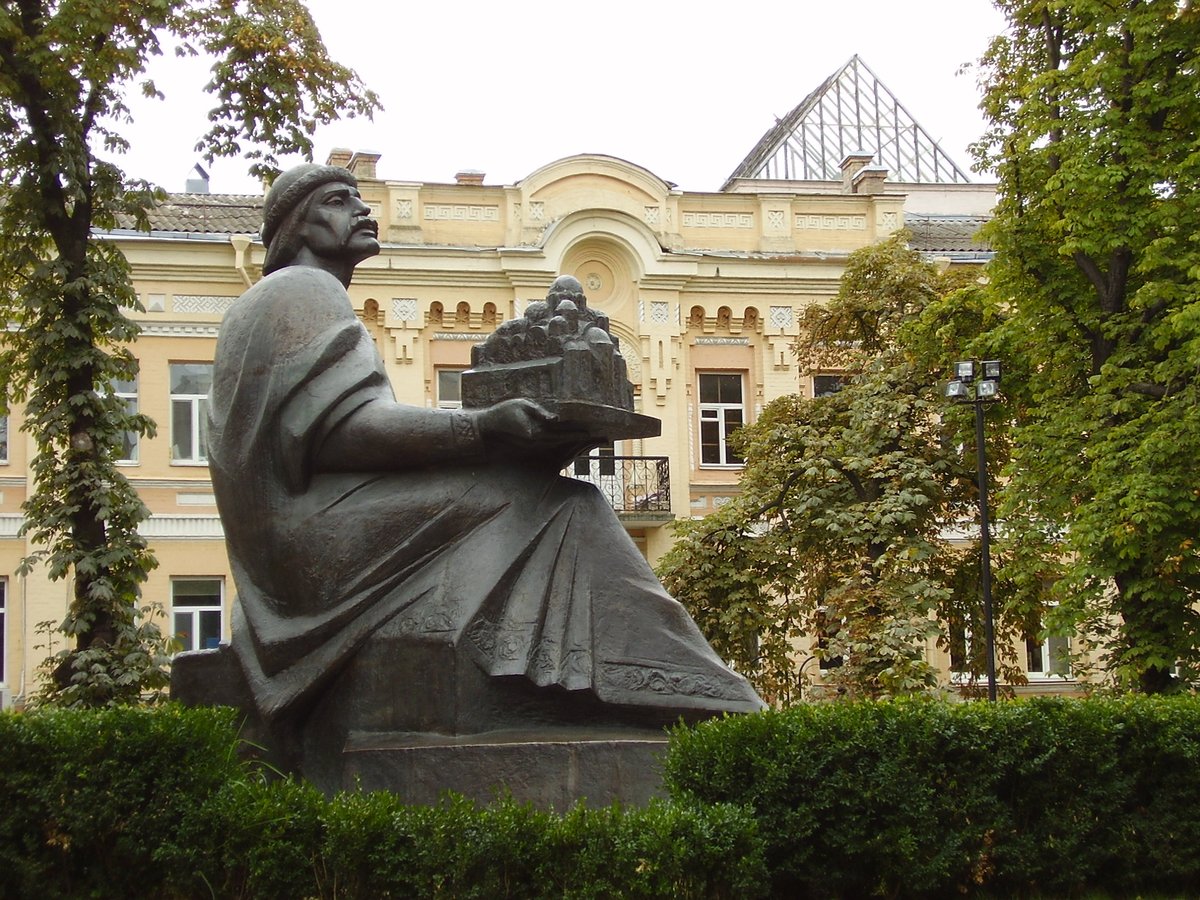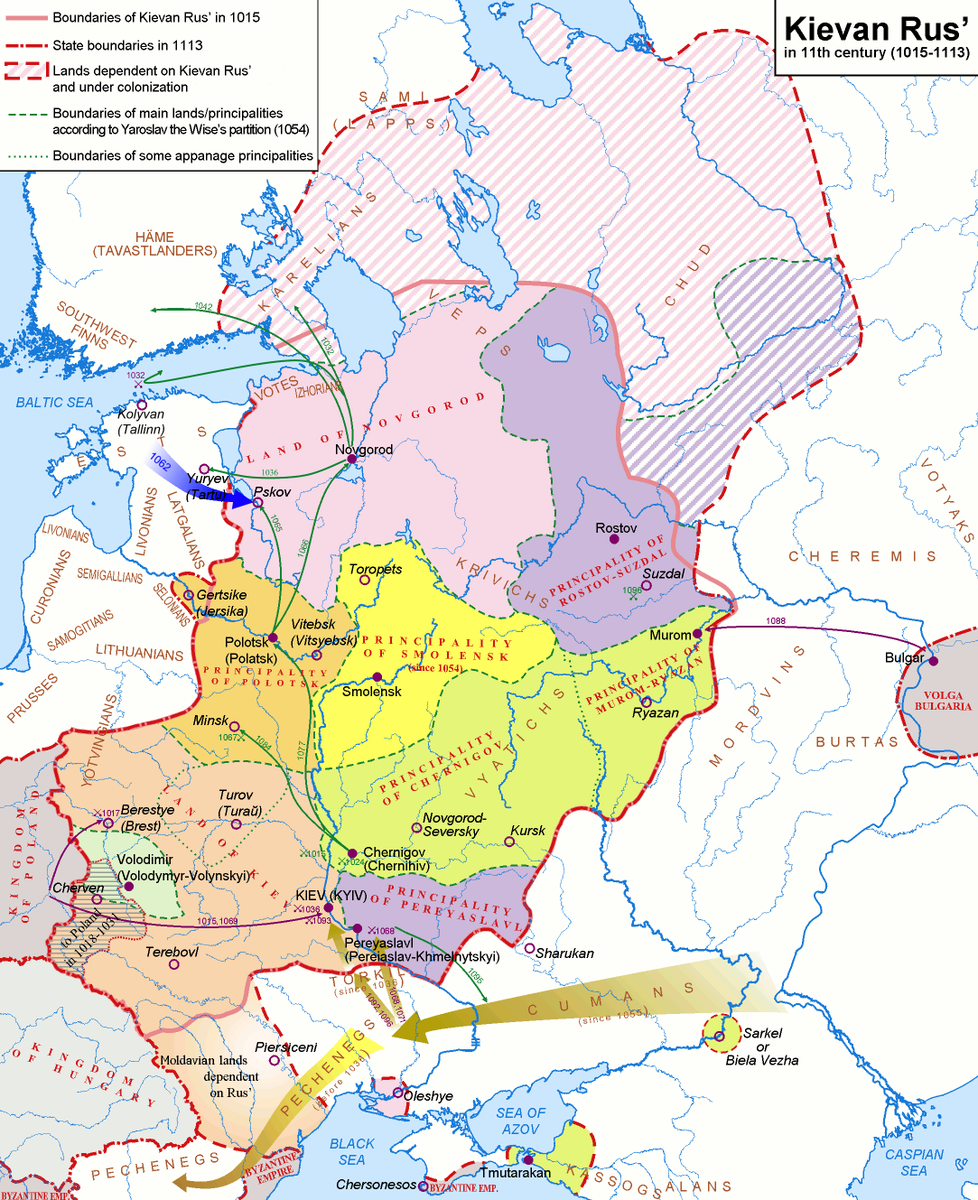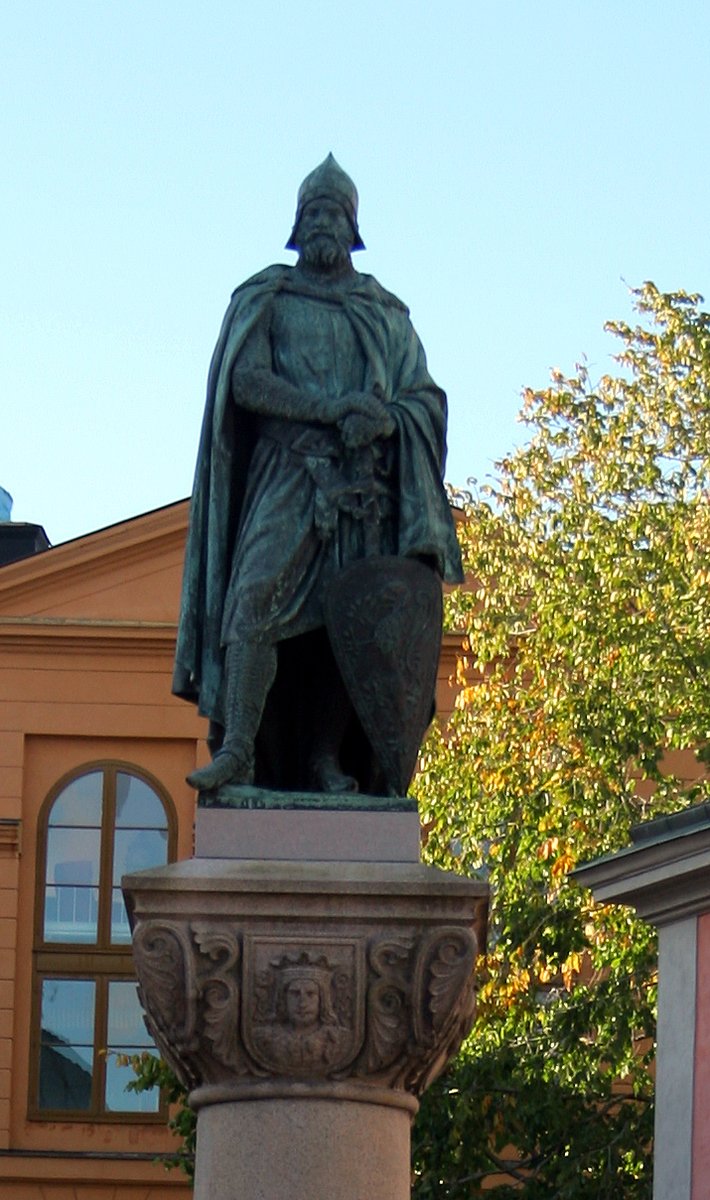The last hurrah of a dying nation as winged soldiers came down on a sieging army to rescue the besieged.
Story in the evening ...
Story in the evening ...
https://twitter.com/Arby_K/status/1412237503684173827
Jan Sobieski was born in 1629 to Jakub Sobieski and Zofia Danilowiczova. He belonged to the nobility of the Polish-Lithuanian Commonwealth with his father and maternal ancestors becoming the Voivode of various Voivodeships of the Commonwealth. 1/10 

Well educated, Sobieski travelled Europe in his early years and took part in the battles the Commonwealth had to deal with, when Jan Kazimierz became King in 1648. He showed good potential for a future military career, though his elder brother, Marek, died in these wars. 2/10 

In the initial days of the war against Sweden and Russia in the 1650s, Sobieski sided with the Swedes. The Commonwealth was overrun by Sweden and Russia at the time. But in 1656, Sobieski switched sides and played an important role in reversing the invaders' successes. 3/10 

After the closure of the war with Russia and Sweden, Sobieski was sent to deal with invasion by the Cossacks and Crimea in 1667. He returned with a great victory and became the Grand Hetman of the Commonwealth. In 1668, King Jan Kazimierz abdicated from the throne. 4/10 

In the subsequent election, Sobieski could not get his candidacy through and Michał Wiśniowiecki was elected. But Wiśniowiecki faced considerable opposition from the Sejm. Renewed conflict by Cossacks and Crimea were again put down by Sobieski. 5/10 

But this only led to the Ottomans entering the war in place of their subordinates. Unready due to internal conflicts, King Michał had to sign away most of the Ukrainian provinces of the Commonwealth and promise a tribute, effectively making the Commonwealth an Ottoman fief. 6/10 

In 1673, Sobieski defeated the Ottomans at Khotyn. King Michał's death the same year led to Sobieski's election in his stead. The war with the Ottomans continued on till 1676, with a treaty slightly more favourable for the Commonwealth than its predecessor. 7/10 

The Sejm continued to trouble Sobieski. The continued wars also put the state treasury in trouble. With support from France not forthcoming, he looked towards the Habsburgs. Before the ink on the alliance became dry, the Ottomans were at the gates of the Habsburg capital. 8/10 

With 25,000 men including his acclaimed winged hussars, Sobieski led the relief for Vienna as Habsburg allies from across Europe gathered. The Ottomans were defeated and forced to return. They gained more Ottoman territory, but Sobieski played only a limited role after 1683. 9/10 



His later campaigns in Moldavia were met with limited success. He died in 1696. His son, Jakub, was unable to win the throne in the subsequent election and the Sobieski dynasty fell before it started. In 1699, the Commonwealth regained some of the land they lost in 1672. 10/10 

• • •
Missing some Tweet in this thread? You can try to
force a refresh


